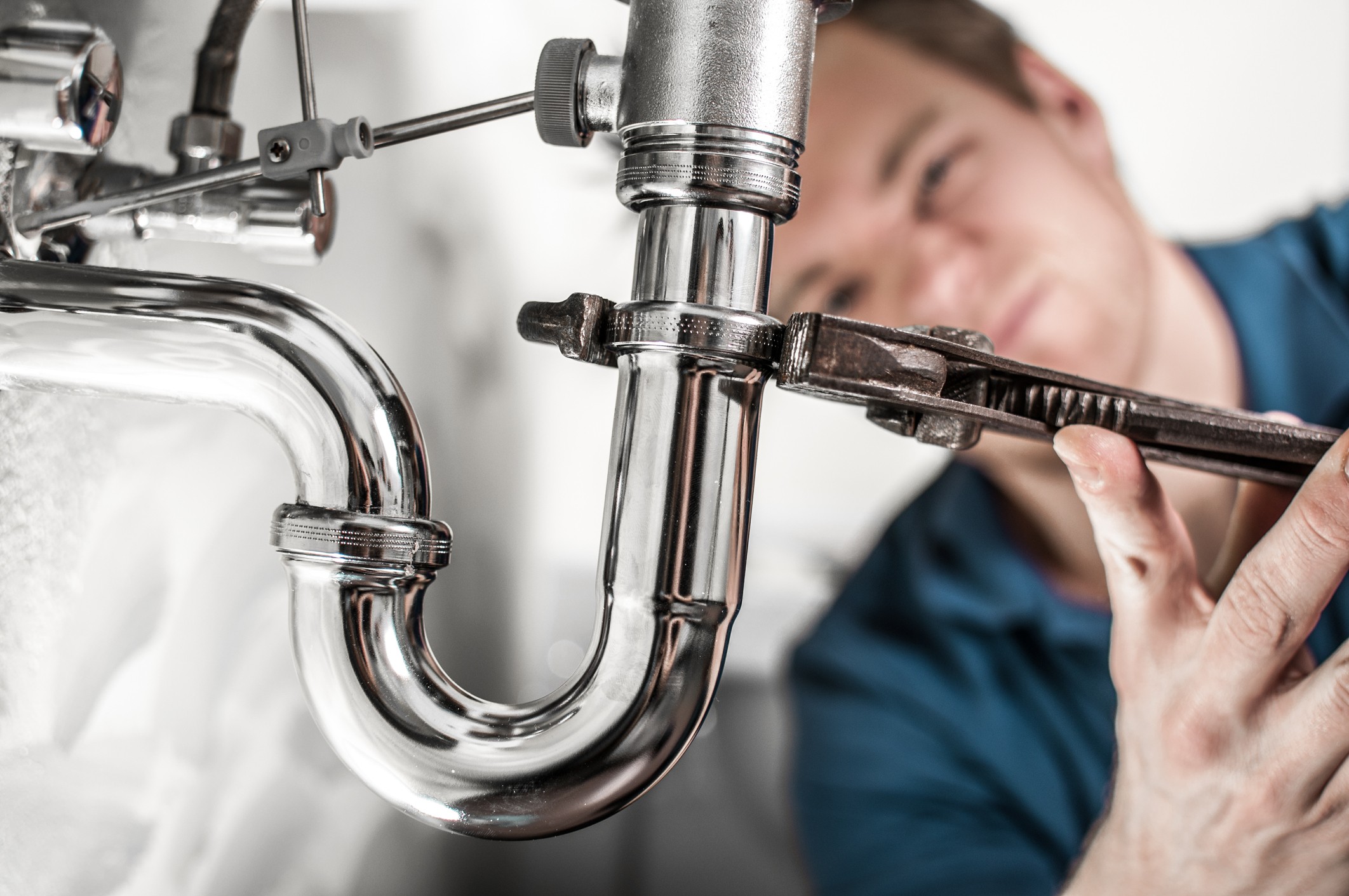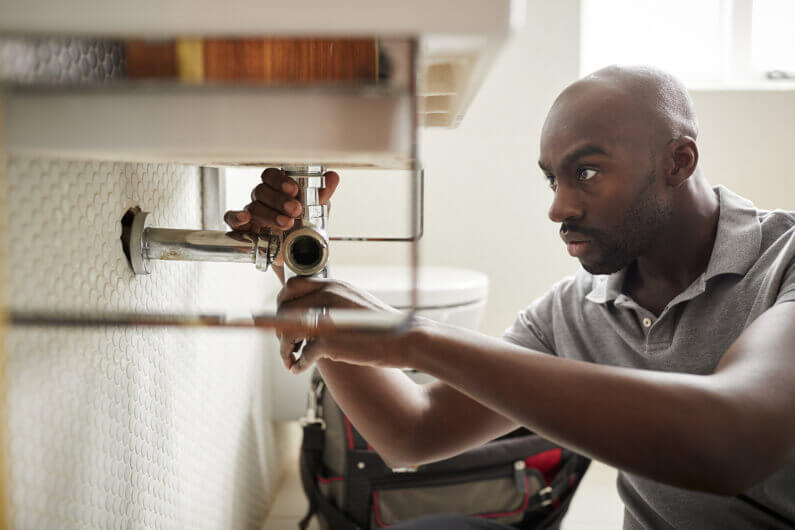Trusted Plumbing Services Alabaster AL for All Your Maintenances
Trusted Plumbing Services Alabaster AL for All Your Maintenances
Blog Article
A Detailed Guide to Efficient Water Heater Installation for Optimum Efficiency
Getting started on the task of installing a water heater is an endeavor that requires precision and a systematic approach for attaining optimal performance. The procedure starts with the critical choice of choosing the suitable heater customized to the certain demands of your home, taking into consideration aspects such as power, size, and kind source. Once picked, preparing the setup location to satisfy safety and security standards is extremely important. The journey does not end here. As you continue, the intricacies of linking water system lines and establishing up reliable electric or gas links await, encouraging insights right into guaranteeing performance and reliability.
Selecting the Right Hot Water Heater

Following, consider the size and capability of the water heating system. It's vital to evaluate your family's warm water demands, which can vary based upon the variety of owners and their usage patterns. An unit that's as well little might bring about insufficient hot water, while an oversized design may lead to unneeded power usage.
Performance rankings additionally play a pivotal role in selection. Look for hot water heater with high Energy Element (EF) scores, suggesting premium efficiency and lowered power usage. Tankless designs, though normally a lot more costly in advance, deal considerable energy savings in time due to their on-demand heating capabilities.
Preparing the Installation Location
Before setting up a new water heater, meticulous prep work of the installment area is vital. This makes certain a smooth installment procedure and assists avoid future complications (Plumbing Alabaster AL). Begin by picking a proper location that adheres to neighborhood building ordinance and safety criteria. The area should be completely dry, well-ventilated, and obtainable for upkeep. It's crucial to determine the space very carefully to fit the water heater's dimensions, making certain ample clearance around the device for effective operation and maintenance.
Next, get rid of any type of particles, dust, or obstructions from the site to produce a tidy setting. Check the flooring for security, as the water heater will need a strong, degree surface area to run properly. If needed, mount a drip frying pan under the unit to catch prospective leakages or spills, protecting against water damage to the surrounding area. In regions prone to seismic activity, think about setting up seismic straps to protect the heating unit strongly in position.
Furthermore, make sure that all necessary tools and materials are on hand prior to starting the installment. This consists of products such as wrenches, screwdrivers, a level, and any additional hardware needed for placing and protecting the heating system. A well-prepared installation area establishes the structure for an effective water heating system configuration, optimizing performance and safety and security.
Connecting Water System Lines
When linking supply of water lines to your newly mounted hot water heater, it is essential to make sure that all connections are leak-free and safe and secure to preserve efficient procedure and stop water damage. Begin by determining the cool and hot water supply lines. The cool water inlet is usually marked with a blue tag or a "C", while the hot water electrical outlet is marked with a red tag or an "H".
Use adaptable hot water heater adapters to help with an easier installment process. These ports can soak up resonance and allow for minor movement, minimizing the risk of leaks. Prior to connecting the adapters, place a plumbing's tape around the threaded ends of see here the water heating system's inlet and outlet pipelines - Plumber Alabaster AL. This tape functions as a sealer, avoiding leakages. Carefully link the versatile tubes to the corresponding inlet and outlet, making sure that they are not over-tightened yet tight, which might damage the strings.
When links remain in area, gradually activate the main supply of water shutoff. Evaluate each connection for leaks by aesthetically checking and feeling for wetness. Tighten connections image source as needed, and make certain the stress alleviation shutoff is appropriately mounted, guarding versus too much stress accumulation.
Establishing Up Electric or Gas Links
Properly establishing the electrical or gas connections for your hot water heater is a critical action to ensure efficient and safe procedure. For electric water heating units, start by validating that the electric circuit is suitable with the heater's voltage and amperage requirements. Ensure the power supply is shut off at the breaker to avoid mishaps. Connect the electric cables to the heating unit following the supplier's circuitry representation. Normally, this includes connecting the ground cord to the environment-friendly terminal, and the staying wires to their corresponding terminals, safeguarding each with cable nuts.
For gas water heating units, security is critical. Connect the gas line to the water heater using an adaptable gas connector, guaranteeing it is correctly threaded and secured with pipe joint substance or Teflon tape ideal for gas connections.
As soon as connections are made, evaluate for any type of potential leakages. For gas lines, apply a soapy water option to the joints; bubbles indicate a leak. For electrical links, confirm that all circuitry is secure and correctly shielded, maintaining conformity with neighborhood electric codes.
Evaluating and Changing for Efficiency
With the electrical and gas links firmly in place, the next action is assessing the operational effectiveness of your water heating system. Begin by thoroughly activating the water and ensuring there are no leaks at any of the shutoffs or joints. As soon as confirmed, proceed to fill the storage tank, focusing on the pressure and temperature setups. It is suggested to set the thermostat to an advised temperature level of around 120 ° F(49 ° C) to balance energy efficiency and convenience.
Next, execute a comprehensive inspection to ensure the home heating aspects or burner are operating appropriately. For electric heaters, make use of a multimeter to confirm if the elements are attracting the proper current. In gas models, observe the heater flame; it should be consistent and blue, suggesting efficient burning.
Change the settings as necessary to eliminate inadequacies. Think about implementing insulation measures, such as including a water heating system blanket, to further enhance performance by decreasing warmth loss. In addition, inspect the anode rod's condition, as a worn-out pole can minimize effectiveness and result in container corrosion.
Final Thought
Reliable water heater setup is crucial for making certain optimal performance and power financial savings. Securely linking water supply lines and very carefully setting up electrical or gas links minimize potential problems.

Correctly establishing up the electric or gas connections for your water heating unit is an important action to ensure reliable and safe procedure. For electrical water heaters, begin by confirming that the electric circuit is compatible with the heater's voltage and amperage demands. Link the gas line to the water heating system using a flexible gas port, guaranteeing it is effectively threaded and secured with pipeline joint substance or Teflon tape suitable for gas connections.
Report this page